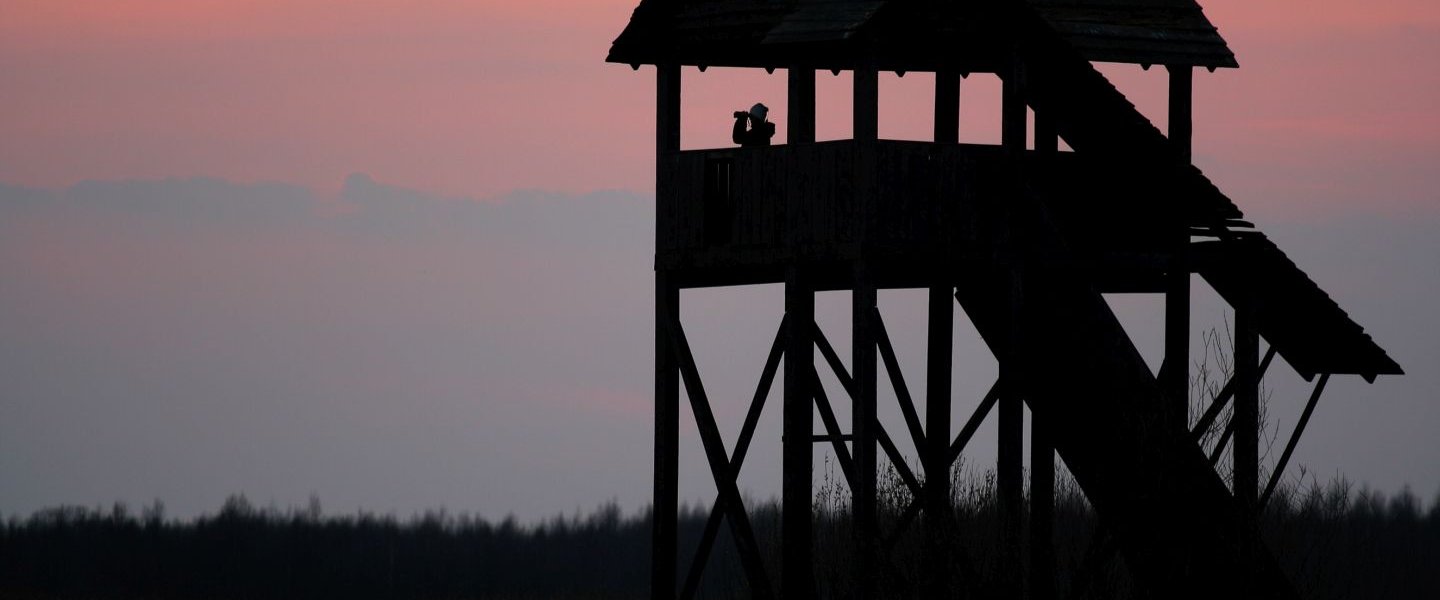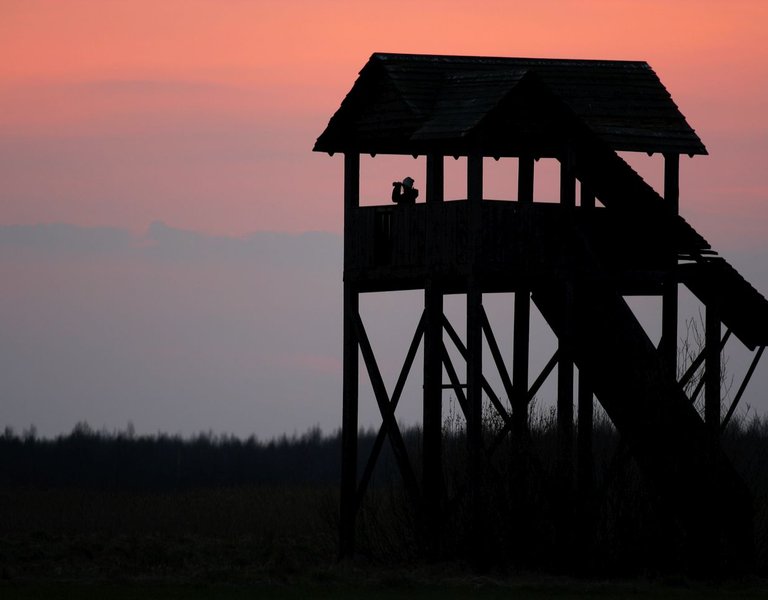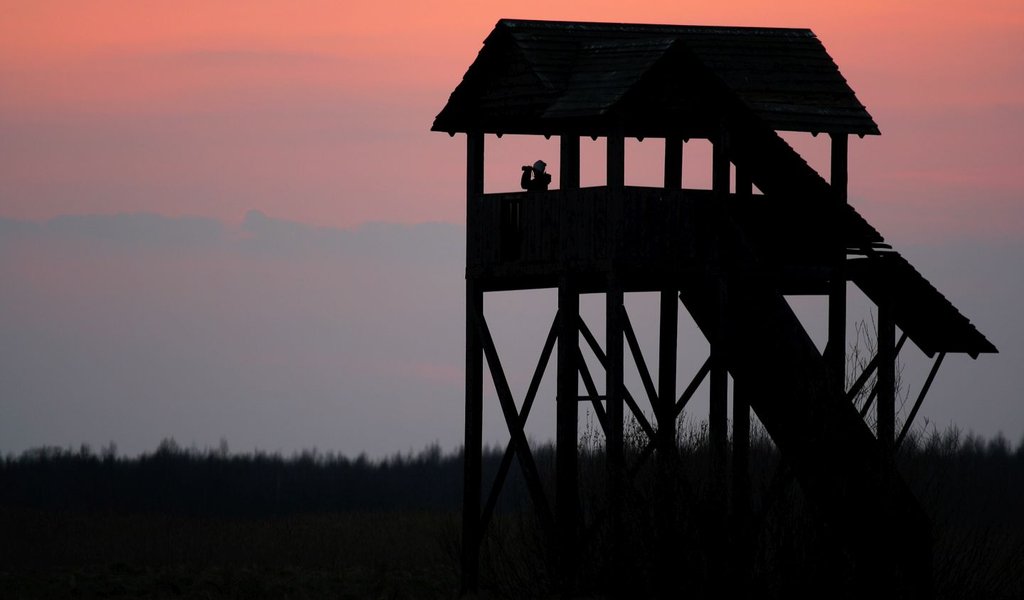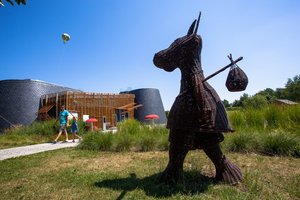Bird Paradise
Poland is one of the few countries in Europe, where a number of natural bird habitats and dozens of rare bird species have been preserved to the present day.
Each year, Poland is visited by hundreds of amateur and professional ornithologists from all over the world, who want to watch birds here. That is because Poland is inhabited by rare species that have gone extinct or are endangered in other places. The rarest bird species include: white-tailed eagles, eagle owls, short-eared owls, corn crakes and ruffs. Natural scientists come to Poland from the entire European Union to watch the habits of the aquatic warbler – a small, endangered yellow-feathered bird.

'Guests from abroad are above all attracted by eastern bird species: aquatic warblers, greater spotted eagles, serpent eagles, citrine wagtails, great snipes, as well as curlews, godwits, eastern waders in migration and woodpeckers: white-backed, three-toed, Syrian and black. The latter attract mostly Brits because there are no black woodpeckers in the British Isles,' Andrzej Kruszewicz, ornithologist and director of the Municipal Zoo in Warsaw, tells Polska.pl.
In order to watch these species, bird lovers travel to the south of Poland. They usually head to the Białowieża Forest, the Siemianówka reservoir north of the primeval forest in the valley of the upper Narew River, Roztocze and Mazury. Poland stands out in Europe as a destination for ornithological trips. 'Our nature is beautiful, and bird watching can be augmented by encounters with European bisons, tracing wolves and lynxes or amazing flowers and interesting folklore, which is also important,' adds Dr. Kruszewicz.
The sensations accompanying bird watching and hunting with a camera are so intense that each person who even once tries this form of active leisure will definitely want to do it again. The excursions of bird lovers often give rise to memories that bring smile to the face. 'There was once a German woman who couldn't hear great snipes calling during a display. The whole group saw them and heard them, but she couldn't. It was raining, and she didn't want to pull her hood back. She was becoming increasingly annoyed. Eventually, I stood next to her and used my knowledge of bird sounds to imitate the voice of the great snipe. Then she finally heard it and was immensely satisfied,' reminisces Dr. Andrzej Kruszewicz.
MAGDALENA MAJEWSKA

Bird reserves
Karsiborska Kępa social reserve:
This first reserve in Poland established by a non-governmental organisation is inhabited by the dunlin, the aquatic warbler and 140 other rare bird species.
'Warta Mouth' National Park:
It is one of the most important mainstays of water and wetland birds. It is inhabited by over 250 bird species including 26 endangered ones.
Stawy Milickie nature reserve:
The reserve is inhabited by common snipes, teals, mute swans and honey buzzards.
Jeziorsko ornithology reserve:
It is inhabited by ruffs, bluethroats, greylag geese and grebes.
16.09.2014







